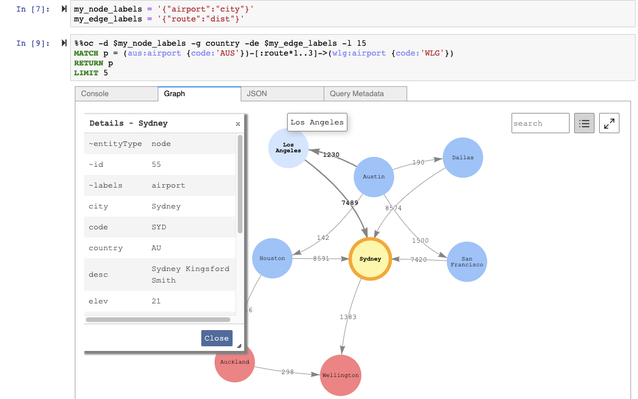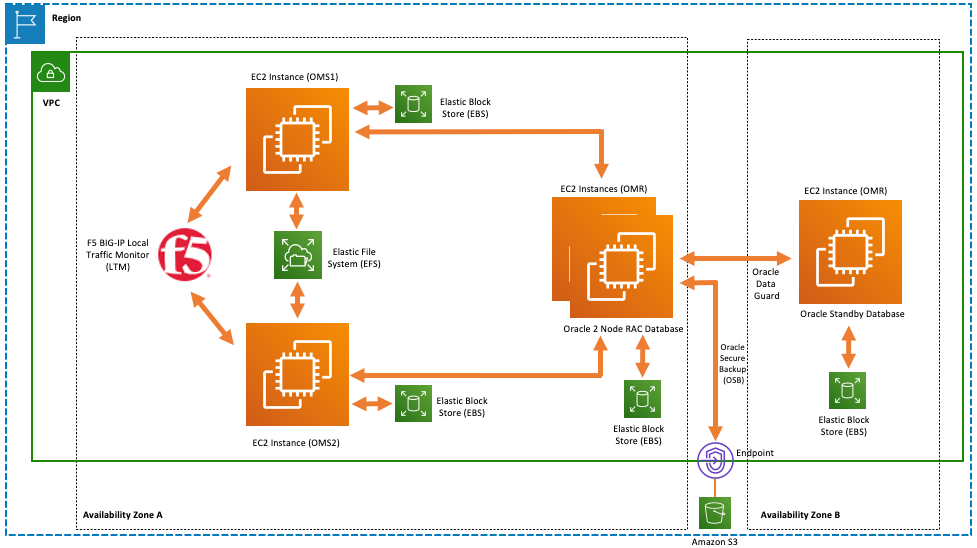AWS Database Blog
Architect a disaster recovery for SQL Server on AWS: Part 3
In this series of posts (Part 1, Part 2, Part 3 and Part 4), we compare and contrast the disaster recovery (DR) solutions available for Microsoft SQL Server on Amazon Elastic Compute Cloud (Amazon EC2) and help you understand the nature of these trade-offs, and the cost and complexity of implementing DR for SQL Server […]
Architect a disaster recovery for SQL Server on AWS: Part 2
In this series of posts (Part 1, Part 2, Part 3 and Part 4), we compare and contrast the disaster recovery (DR) solutions available for Microsoft SQL Server on Amazon Elastic Compute Cloud (Amazon EC2). This post introduces three methods for implementing DR for SQL Server on AWS: SQL Server backup and restore, SQL Server […]
Architect a disaster recovery for SQL Server on AWS: Part 1
In today’s world, it’s just a matter of time before disaster happens, and when it happens it’s essential to recover your SQL Server databases and bring the systems online with minimal data loss and downtime. To respond to and recover from an outage of SQL Server database access, high availability (HA) and disaster recovery (DR) […]
Announcing openCypher for Amazon Neptune: Building better graph applications with openCypher and Gremlin together
Today, we announced that openCypher for Amazon Neptune is available in lab mode. Developers can now use openCypher and Apache TinkerPop Gremlin to build or migrate property graph applications. Neptune’s purpose-built graph engine now supports three open graph query languages: Apache TinkerPop Gremlin, openCypher, and the World Wide Web Consortium’s (W3C) SPARQL 1.1, giving developers […]
Implement high availability for Oracle Enterprise Manager in the AWS Cloud
As you migrate Oracle workloads to AWS, you may want to implement Oracle Enterprise Manager (OEM) Cloud Control in AWS. OEM is Oracle’s management platform, which provides a single pane of glass for managing Oracle environments. In this post, we provide two solutions to implement OEM high availability in AWS. The first solution is Oracle’s […]
Set up scheduled backups for Amazon DynamoDB using AWS Backup
With customers scaling up their AWS workloads across hundreds, if not thousands of AWS resources, customers have expressed the need to centrally manage and monitor their backups. They want to have a standardized way to manage their backups at scale. AWS Backup enables you to centralize and automate data protection across AWS services. AWS Backup […]
Load and unload data without permanently increasing storage space using Amazon RDS for Oracle read replicas
Generally, DBAs use Oracle Data Pump to move data around for activities like migrating existing data from Oracle on-premises to Amazon Relational Database Service (Amazon RDS) for Oracle or refreshing Oracle on-premises by exporting data from Amazon RDS for Oracle. As of this writing, after you create an RDS DB instance, you can’t decrease the […]
Use Key Management Service (AWS KMS) to securely manage Ethereum accounts: Part 2
Ethereum is a popular public blockchain that makes it possible to create unstoppable applications in a permissionless fashion. It’s available to every user that has an Ethereum account. These Ethereum accounts consist of a private and an associated public key. The main challenge as a user participating in a public blockchain such as Ethereum is […]
Use Key Management Service (AWS KMS) to securely manage Ethereum accounts: Part 1
Ethereum is a popular public blockchain that makes it possible to create unstoppable applications in a permissionless fashion. It’s available to every user that has an Ethereum account. These Ethereum accounts consist of a private and an associated public key. The main challenge as a user participating in a public blockchain such as Ethereum is […]
Idea to product: PricewaterhouseCoopers launches Check-In within three months on Amazon Keyspaces
The COVID-19 pandemic presented enterprises with various challenges. Enterprises notably need to safeguard employees, partners, and customers when they return to the office. Holistic workforce strategies require a combination of preventative screening tools and detailed contact tracing solutions. PricewaterhouseCoopers LLP (PwC) quickly responded and adapted to develop Check-In, powered by AWS. Check-In provides companies with […]








